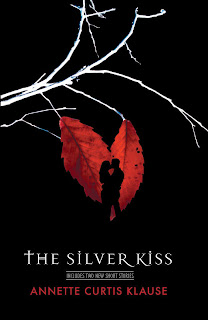Old news, but I thought that if I hadn't come across these until recently, then others might not have either.
N.K Jemisin on book covers and race. For context, the two covers of The Hundred Thousand Kingdoms--the preliminary one that features a POC and the final version that does not--can be seen together here (scroll down).
"Because I’d seen that preliminary cover, I knew the publisher had been willing to put a brown woman on my book. My fears were allayed at that point — such that when my editor said she was removing the character for aesthetic reasons, I believed her. But given the pervasiveness of whitewashing in the industry, I do wonder what readers are going to think when they see my book, read that the character is brown, maybe see my author photo and realize I’m brown, and then see there’s no character on the front. Will that feed into the notion that PoC on book covers don’t sell? And I can’t help wondering what might’ve happened if they’d kept my protag on the cover, aesthetic considerations aside. Even if the publisher had been willing to run with it, would the buyers at the chain stores accept it? Would retailers take one look and shove it in the African American Interest section? Would SF reviewers pay any attention to it? Like I said, this is a pervasive thing."Jemisin also posted a three-part series on writing characters of color: part 1, part 2, & part 3.
From part 2:
"Personally, I prefer Rowling’s method of dealing with it. She didn’t label the white characters white, or the black characters black, or the Asian characters Asian, etc. She drops broad hints about all of them, from culturally-distinct surnames like Patil and Chang and Granger, to culturally-associated styles and foods (braids, sari, Harry’s love of the quintessentially-British treacle tarts), to more subtle cues like Dean’s football preferences. But she does this equally for the white characters and the characters of color. No group is treated as “normal,” or by exclusion/emphasis “abnormal”."




